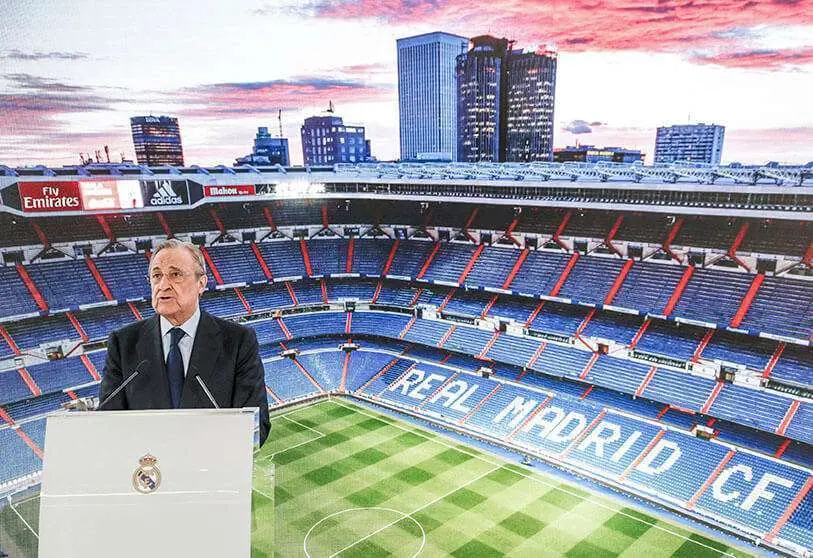Real Madrid remains the most valuable club despite losing 13.8%

Real Madrid remain the most valuable football club brand in the world for 2020, according to the latest edition of the Brand Finance Football Annual. In a context of economic and social disruption, caused mainly by the coronavirus pandemic, Real Madrid’s brand value has declined by 14% to €1,419 million. Its eternal rival, FC Barcelona, is on its heels, increasing its brand value by 1.4% to 1.413 billion, surpassing Manchester United (1.314 billion) and placing it in second position, just 6 million away. And it is on track to become the first club in Europe to reach €1 billion in annual revenue, partly thanks to licensing and merchandising.
As part of the development programme of the future stadium that will replace the current Camp Nou, Barça hopes to sell the name rights or 'title rights' in the long term, with the aim of securing more than 200 million euros.
Spain's representation among the world's most valuable football brands is very high: the eight Spanish clubs in the Brand Finance Football 2020 ranking contribute 20% of the total value. It has a brand value of 3,938 million euros and is, after the United Kingdom with 8,578 million euros (44%), the second most important nation.
Teresa de Lemus, Managing Director of Brand Finance Spain, stresses that "Football is very important for Spain beyond our borders and sporting excellence in our home, football brands are present in our culture and always have been, they're a fundamental part of recognising our country from abroad".
All Spanish brands improved their ranking with respect to 2019: FC Barcelona (2nd) and Club Atlético de Madrid (13th) climb one position. Sevilla FC (32nd) and Villareal (44th) climb three positions. Athletic de Bilbao climbs five places to 40th position, after raising its brand value by 10.5%. And Valencia CF is the Spanish club that experiences the greatest rise, twelve places, from 48th to 36th, with a 32.5% increase in its brand value. It is also, behind Cologne, Leicester City and RasenBallsport Leipzig, the fourth fastest growing football brand in the ranking.
But the gap between the big two, Real Madrid and Barça, and the third most prominent club, Atletico de Madrid, is still huge. The two giants have a brand value more than fifteen times higher than Spain's lowest ranked club, Real Betis (50th).
The 50 football club brands totalled 20.2 billion euros before the arrival of COVID-19. Although the final impact of the pandemic on the sector is not yet known, the 2020 ranking already shows a clear negative trend and the 50 brands total 19.468 million, almost 500 million less than in 2019.
Before the arrival of COVID-19, Brand Finance has estimated that the sector was worth 20.219 billion, so the world's most valuable football club brands have lost 751 million. If we look at the eight Spanish brands in the ranking, before COVID-19 they were 4,103 million, 164 million more than the current value of 3,938 million.
Teresa de Lemus warns that "the total damage has not yet been fully developed and it is not ruled out that there are victims, clubs that go bankrupt or changes of property".
The Bundesliga, Serie A and Ligue 1 do not have the same global reach as the Premier League, as confirmed by Brand Finance's research among soccer fans in the United States and China, two fast-growing nations in the sport.
The Premier League and LaLiga are seen and lead in both countries, and although the growth of the Bundesliga in China can be observed, it is still far from English and Spanish football. Serie A and Ligue 1 also have a long way to go in building their global franchises.
The head of Brand Finance Spain stresses that "after two decades of almost continuous growth, top-level football has faced the first existential threat it has faced for more than 70 years". "The loss of revenue, together with the health problems of mass meetings, have raised questions about the future of the industry and the financial resilience of clubs at all levels," she adds.








